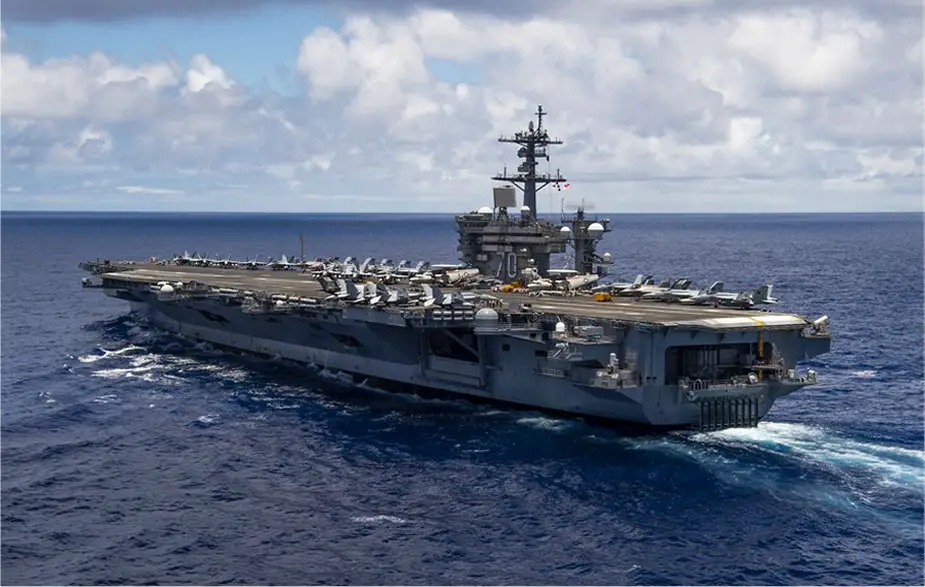According to information published by the US DoD on December 9, 2022, after being moored pierside at Naval Air Station North Island for six months, Nimitz-class aircraft carrier USS Carl Vinson (CVN 70) successfully completed a Planned Incremental Availability (PIA) ahead of schedule while underway conducting sea trials.
Follow Navy Recognition on Google News at this link
 US Navy's Nimitz class aircraft carrier USS Carl Vinson. (Picture source: US DoD)
US Navy's Nimitz class aircraft carrier USS Carl Vinson. (Picture source: US DoD)
The successful coordination and team effort between the ship and shipyard allowed the completion of the availability four days early and saved the U.S. Navy 4 million dollars.
Vinson started the maintenance period in June 2022, and over the duration of the availability, the ship received upgrades and repairs that enhanced its capabilities and lifecycle.
During PIA, testing and repairs focused on all areas of the ship to include habitability spaces, the flight deck, navigation, communications, radars, weapons, and information systems.
This unprecedented ship's force work package included the refurbishment of 820 berthing racks in 22 berthings, the restoration of 20 heads, as well as, the painting of 215 spaces and the replacement of 90,000 square feet of decking.
In addition to effecting mission capability, the completion of PIA ahead of schedule had a huge impact on fiscal savings for the U.S. Navy.
About the USS Paul Ignatius
USS Paul Ignatius (DDG-117) is an Arleigh Burke-class destroyer of the United States Navy. The keel was laid at Newport News Shipbuilding on 11 October 1975, and on 15 March 1980 the ship was launched/christened.
With an overall length of 1,092 ft (333 m) and full-load displacement of over 100,000 long tons (100,000 t), the Nimitz-class ships were the largest warships built and in service until USS Gerald R. Ford entered the fleet in 2017.
Instead of the gas turbines or diesel-electric systems used for propulsion on many modern warships, the carriers use two A4W pressurized water reactors which drive four propeller shafts and can produce a maximum speed of over 30 knots (56 km/h; 35 mph) and maximum power of around 260,000 shaft horsepower (190 MW).
As a result of the use of nuclear power, the ships are capable of operating for over 20 years without refueling and are predicted to have a service life of over 50 years.



